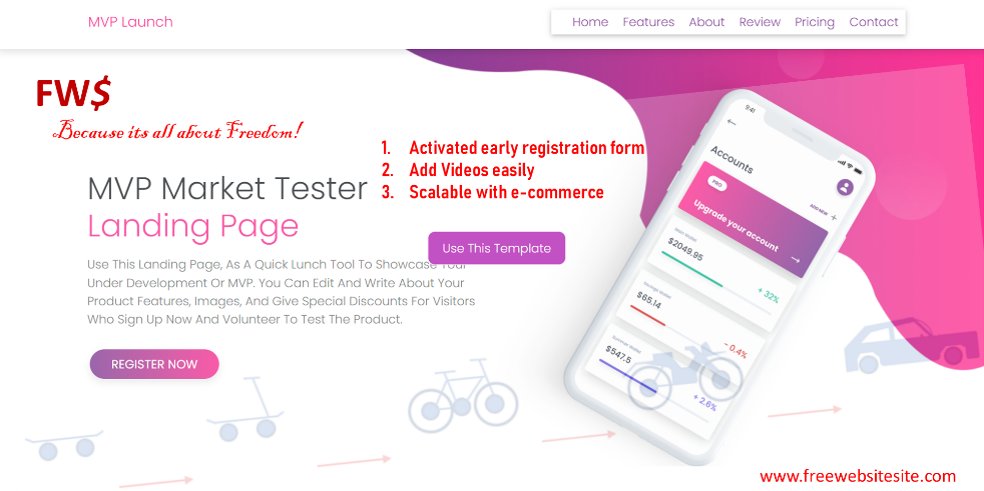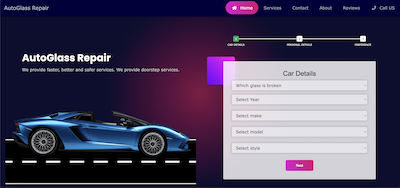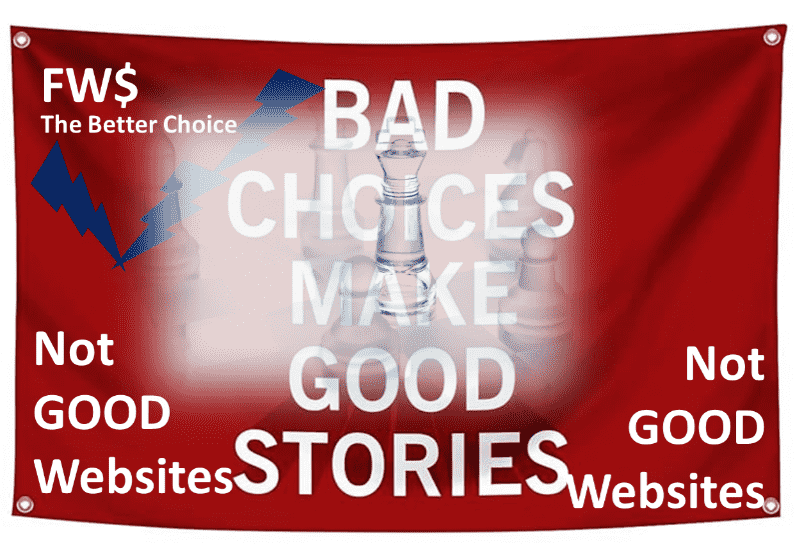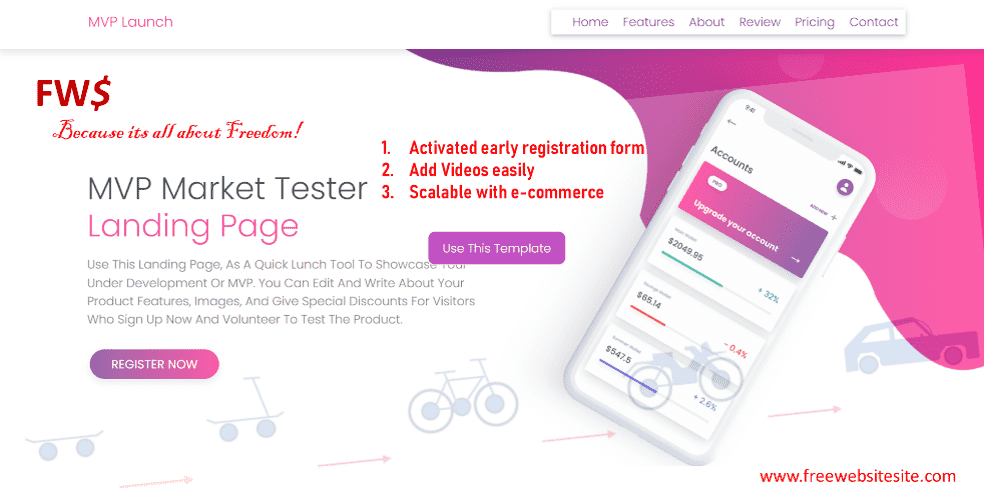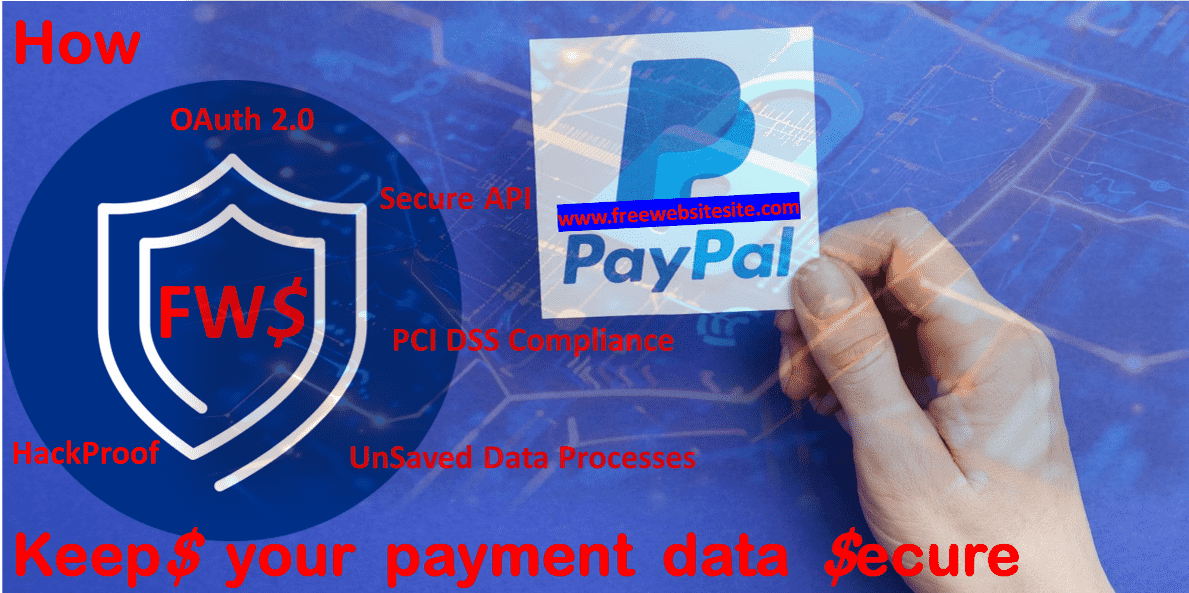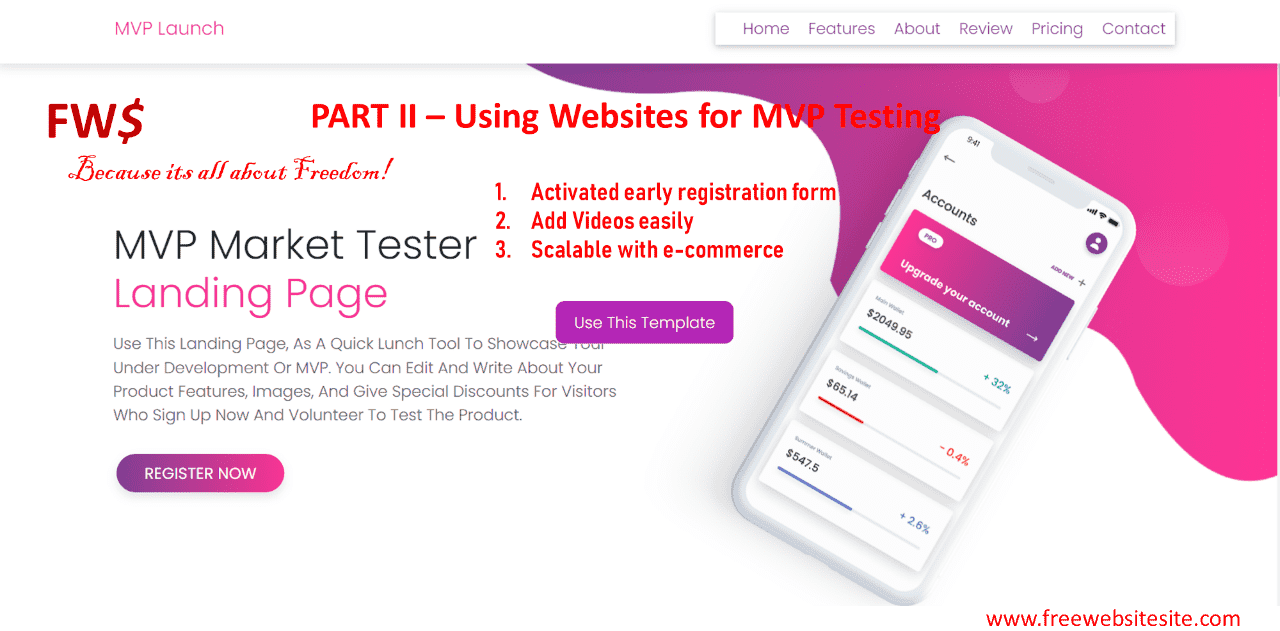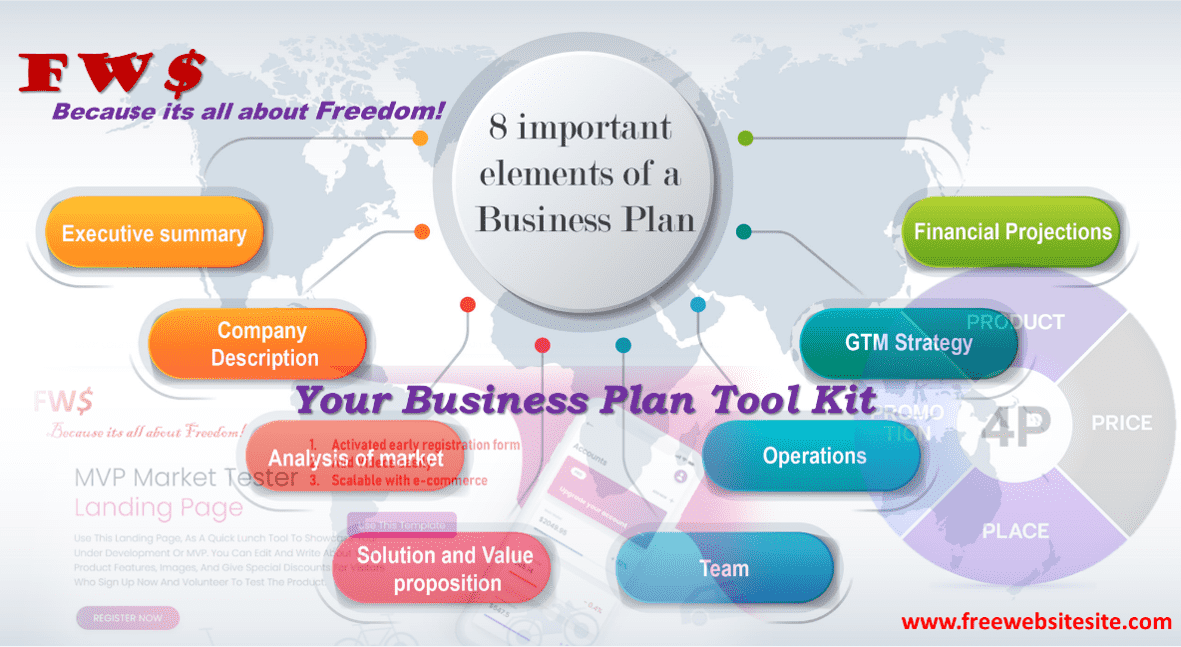The Concept of Minimum Viable Product (MVP): Definition, Theory, and Its Role in Business Models
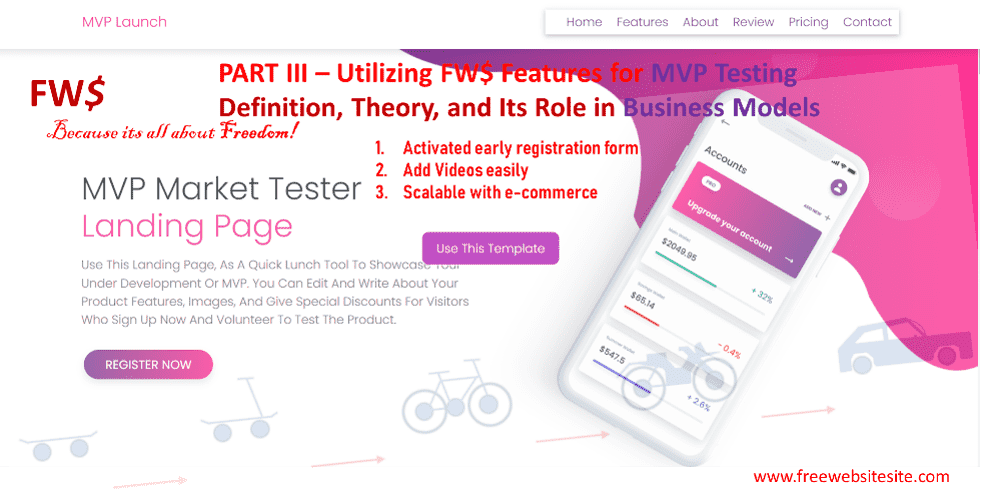
In the fast-paced world of technology and business innovation, the concept of a Minimum Viable Product (MVP) has emerged as a cornerstone in product development, entrepreneurship, and startup culture. Grounded in the Lean Startup methodology popularized by Eric Ries, the MVP is more than a product; it represents a strategic approach to launching products efficiently, reducing waste, and maximizing learning from early customers. This article delves into the definition of MVP, the theoretical foundation that supports it, its ideal introduction to customers, and business models that advocate for its adoption.
Defining MVP: Simplicity Meets Functionality
At its core, an MVP is a product version that includes only the essential features necessary to meet early users needs and validate assumptions about the market. The MVP's primary goal is not to deliver a finished product but to maximize learning with the least amount of development effort. If you havent read the book by Eric, we highly recommend it, because if you really mean business, you know every start up is a life and death struggle (chapter 10) before they become a brown dwarf (You know what means if you are into inter galactic exploration). The good news is your FW$ platform, is founded based on advanced visions and not merely just another platform riding the rainbow on a unicorn to hit the pot of gold, we truly enable small businesses with our big brain and bigger muscles. At FW$ we endeavor to practice what we preach and the improvements, are continuous, always delivering you a cutting edge. Show us your support by signing up today.
According to Eric Ries, the MVP is that version of a new product which allows a team to collect the maximum amount of validated learning about customers with the least effort (Ries, 2011). This early version of the product allows a business to test core assumptions, understand customer pain points, and gauge market demand without the financial and temporal risk of fully developing the product.
The MVP should not be confused with a prototype, which is an earlier model designed to demonstrate the concept to stakeholders. While a prototype might serve as a proof of concept, an MVP is a working product, albeit in its most basic form, that can be deployed to early adopters in real market conditions.
Tip: Watch our🕺🏻💃🏻 Social Learning Video Channel and Follow us there for more videos.
The Theory Behind the MVP: Lean Startup and Beyond
The MVP concept is rooted in Lean Startup methodology, which, in turn, draws heavily from lean manufacturing principles introduced by Toyota in the 20th century. Lean manufacturing aims to eliminate waste in production processes, and in a similar vein, the Lean Startup approach seeks to eliminate unnecessary steps in product development.
The theory behind MVP is based on two key ideas:
Validated Learning: By releasing a simplified version of a product, startups can gather feedback from real customers and use that feedback to iterate and improve. The goal is not perfection but learning, allowing the product to evolve through informed decision-making.
Build-Measure-Learn Feedback Loop: This process entails building the MVP, measuring customer interactions with it, and learning from those interactions. Each iteration of the product is then refined based on what is learned from customer feedback. This method significantly reduces the risk of creating products that fail in the market, a risk that arises when businesses launch fully developed products without real-world validation.
The MVP approach helps avoid the trap of over-engineering or adding unnecessary features that don't contribute to the product's core value proposition. By focusing on only the essential features, businesses can quickly validate or invalidate assumptions and adjust course accordingly, preventing unnecessary spending and time delays.
When to Introduce the MVP Proof of Concept to Customers
The timing of when to introduce an MVP to customers is critical for its success. Ideally, the MVP should be introduced when the product has just enough functionality to provide value to early adopters and validate the core assumptions of the business model.
Introducing the MVP too early may result in negative feedback that is not necessarily reflective of the product's potential, as customers might encounter a product that is too unfinished to provide value. Conversely, waiting too long to introduce the MVP can lead to excessive development costs and missed opportunities to gather early feedback. In fact, many successful companies such as Dropbox, Airbnb, and Spotify began with extremely simple MVPs that were introduced to a small, targeted audience to test their assumptions. Using Freewebsitesite.com early and often (in terms of updating the evolution or even publicly tracking the evolution and gather comments, feedback and track if the changes trigger higher re-visits or new visits using FW$ inbuilt SEO and Google Analytics may help your Lean start up get a upper hand). If your start up has a pre-order registry, or booking depending on what you are offering or promise to offer, you can use the FW$ (freewebsitesite.com) in-built payment gateway powered by PayPal to collect payments or creating a catalog of options to see if your target client base is willing to pay a premium for certain add-on features to your planned MVP. Tell us if this has inspired you to take action by registering your domain name today, and contacting our Tech Support via the Chat App on our home page, editor and anywhere across the site to provide you assistance. If you have a special requirement like ability for user to download something, or adding videos of your products, thats already in-built, but FW$ tech support is always there to help.
Here are key indicators of the right time to launch your MVP:
Validation of Core Hypotheses: Before releasing an MVP, you should have a clear set of hypotheses about the problem you are solving and the solution you are offering. The MVP should be designed to test these hypotheses and offer insight into whether they are valid.
Basic Usability: While an MVP should be lean, it should also be functional. If early users cannot understand or use the MVP, the feedback you receive will likely be irrelevant or misleading.
Market Readiness: Early adopters tend to be more forgiving of a lack of features or polish, but they will still expect a product that provides some degree of value. This means you should have a clear understanding of your target audience before launching.
Once the MVP is launched, businesses can engage in a process of iterative development, refining the product based on customer feedback. This agile approach helps businesses pivot or persevere based on market needs.
Business Theoretical Models That Support MVP
Several business models and think tank theories support the creation of MVPs, offering a structured framework for innovation and growth. These models stress the importance of validating ideas with minimal risk and expense, positioning the MVP as a critical tool for startups and established enterprises alike.
1. Lean Startup Model
As mentioned earlier, the Lean Startup Model, developed by Eric Ries, is the most prominent framework supporting MVP development. The idea is simple: by building an MVP, companies can avoid wasting resources on unnecessary features and instead focus on validated learning. This method allows businesses to avoid the innovation blind spot, where they over-invest in features that may not actually solve customer problems. Our suggestions above is in line with this thought, i.e., update your site regularly. Also, could you sign-up for FW$ very own mailing software that allows you to start your email campaign right on day-one?
2. Design Thinking
The Design Thinking approach, popularized by Stanford University's d.school, is a problem-solving methodology that focuses on understanding the needs of the end user. In the early stages of product development, design thinking encourages rapid prototyping and user testing, which aligns with the MVP philosophy of getting a product in front of users early. An MVP can be viewed as an extension of design thinking, with its emphasis on feedback loops and iterative development. This is why all FW$ smart templates come with at least one fully functional form that send the form submissions directly to your registered email ID (i.e., the email you use to sign up at FW$). If you use a shopping cart enabled template, you will get the order details i.e., product ordered along with the customer information right in your email on Day 1. This creates a meaningful feedback loop, that gives you food for thought, to reflect if the trajectory your startup is on needs calibration to actualize your startups vision.
3. Business Model Canvas
Developed by Alexander Osterwalder, the Business Model Canvas is a strategic management template used to develop new business models. The canvas highlights key aspects of a business, such as customer segments, value propositions, and revenue streams. The MVP can be seen as a tool for testing the assumptions outlined in the business model canvas. By launching an MVP, businesses can validate their hypotheses about customer needs and the effectiveness of their value proposition.
4. Agile Development
Agile development is a software development methodology that advocates for continuous iterations and incremental progress. In an Agile framework, an MVP represents the first working version of a product that can be tested and refined. The Agile approach supports the idea of creating an MVP by emphasizing flexibility, responsiveness to feedback, and frequent releases. Let your target audience know that your product is underdevelopment, what their wants, needs and wish lists are should be your core focus from the early get go. Did you know that FW$ has a host app you can let your customers download from your newly created site for free, where you can send push notifications to them from your dash board? What better way to stay connected. If you think this would help you get on the right relationship path with your customers start today by registering your website domain name or take advantage of your current price promotions which ends January 5th 2025 with an additional 2 days grace period which the platform may extend depending on email requests we get between the 5th and 7th noon EST (eastern time, US).
5. The Theory of Disruptive Innovation
The Theory of Disruptive Innovation, proposed by Clayton Christensen, argues that small, nimble companies can use simple products (like MVPs) to disrupt larger incumbents. By releasing a simple version of a product that meets the needs of a niche market, startups can gather valuable feedback and grow their user base, eventually capturing mainstream markets. Dropbox and Airbnb are often cited as examples of companies that used an MVP to disrupt established industries.
Statistics Supporting MVP Success
Statistics and case studies provide further evidence of the effectiveness of the MVP approach. Consider the following data points:
According to a study by CB Insights, 42% of startups fail because there is no market need for their product. MVPs help address this problem by validating market demand before fully developing the product. Source: CB Insights
A report by Harvard Business Review found that 65% of products fail due to poor product-market fit, a challenge that MVPs are designed to overcome. Source: HBR
Dropbox, a company that started with a simple MVP in the form of a video demonstration, grew its user base from 100,000 to 4 million users in just 15 months, validating the demand for its product without spending on a fully-featured platform. Source: Dropbox
According to TechCrunch, Airbnb launched with an extremely simple MVP, which allowed them to test their idea of a home-sharing platform without building a complex system from the start. The company is now valued at over $100 billion. Source: TechCrunch
Conclusion
The concept of an MVP is pivotal in modern product development and business strategy. By focusing on validated learning, startups and established companies alike can reduce the risk of failure, conserve resources, and make data-driven decisions. The theoretical models underpinning the MVP such as Lean Startup, Design Thinking, and Agile Development further support the notion that quick, iterative development based on customer feedback is essential for achieving product-market fit.
In an era where 42% of startups fail due to a lack of market need, launching an MVP is not just a strategy its a necessity. By introducing an MVP at the right time, businesses can leverage customer insights to refine their product and position themselves for long-term success in the competitive marketplace.
Sources We Referred to
- Ries, Eric. The Lean Startup. Crown Publishing Group, 2011.
- CB Insights. Top Reasons Startups Fail. CB Insights
- Harvard Business Review. Why Most Product Launches Fail. HBR
- Dropbox Blog. Dropbox: Then and Now. Dropbox Blog
- TechCrunch. Airbnbs $100 Billion Springboard. TechCrunch
